Table of content
Arrowhead, scientifically known as Sagittaria sagittifolia, is a versatile aquatic vegetable celebrated for its unique flavor and culinary adaptability. Often referred to as “Chinese arrowhead” or “ci gu” in Mandarin, this tuberous root vegetable is a staple in Asian cuisine, prized for its crisp texture and mild, slightly sweet taste. However, preparing arrowhead can be intimidating for novice cooks due to its thick, fibrous skin and irregular shape. This guide delves into the intricacies of peeling arrowhead, offering step-by-step techniques, expert tips, and troubleshooting advice to ensure flawless results every time.
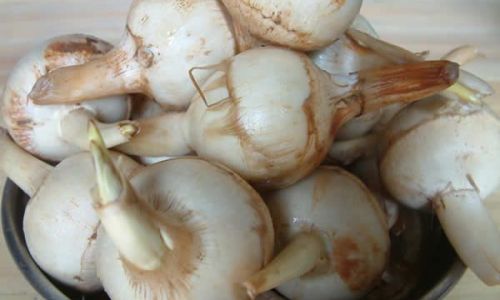
Understanding Arrowhead: Structure and Challenges
Before diving into peeling methods, it’s essential to grasp the anatomy of arrowhead. The vegetable resembles a small, elongated potato with a rough, mottled exterior. Its skin is notoriously tough, adhering tightly to the flesh and often covered in thin, hairlike roots. These roots, while edible, can trap dirt and debris, making thorough cleaning imperative. The flesh itself is dense and starchy, with a texture that transforms from crunchy to creamy when cooked.
The primary challenge in peeling arrowhead lies in balancing efficiency with preservation. Overzealous peeling can waste valuable flesh, while insufficient effort leaves behind fibrous residues that compromise texture. Additionally, arrowhead’s irregular shape—often tapered or bulbous—demands a strategic approach to avoid injury or frustration.
Essential Tools for Peeling Arrowhead
To streamline the peeling process, assemble the following tools:
- Sharp Paring Knife: A small, nimble blade with a 3–4 inch edge is ideal for precision work.
- Vegetable Peeler: Opt for a Y-shaped or swivel peeler with a stainless steel blade for durability.
- Cutting Board: A stable, non-slip surface prevents accidents.
- Boiling Pot: For blanching, a medium-sized pot with a lid is necessary.
- Colander: To drain boiled arrowheads.
- Bowl of Cold Water: To cool blanched arrowheads and halt cooking.
- Kitchen Towel: For gripping slippery arrowheads during peeling.
Preparation: Cleaning and Trimming
- Washing: Rinse arrowheads under cool running water, scrubbing gently with a vegetable brush to dislodge dirt. Pay special attention to crevices near the roots.
- Trimming: Using a paring knife, slice off the top and bottom tips (approximately 1/4 inch) to create flat surfaces. This stabilizes the arrowhead during peeling.
- Optional Blanching: For easier peeling, boil arrowheads for 3–5 minutes before cooling. This softens the skin but may alter texture if overcooked.
Peeling Methods: Pros, Cons, and Techniques
The Knife Method (Traditional Approach)
Ideal For: Seasoned cooks seeking maximum control.
Steps:
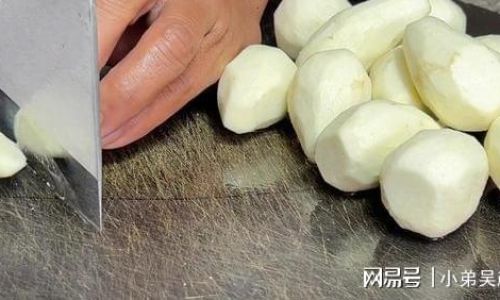
- Hold the arrowhead firmly on the cutting board, using a kitchen towel for grip.
- Insert the paring knife at a 15–20 degree angle near the base.
- Gently push the blade upward, peeling the skin in thin, even strips. Rotate the arrowhead as you go.
- For stubborn spots, reposition the knife at a steeper angle or use a sawing motion.
Pro Tip: Maintain consistent pressure to avoid gouging the flesh. Save trimmed skin for compost or broth.
The Vegetable Peeler Method (Beginner-Friendly)
Ideal For: Those prioritizing speed and ease.
Steps:
- Press the peeler’s blade against the arrowhead’s skin at a shallow angle.
- Apply light pressure while dragging the peeler toward you, peeling in long, smooth strokes.
- Rotate the arrowhead periodically to access all sides.
Pro Tip: Use a serrated peeler for extra grip on slippery skins.
The Blanch-and-Peel Method (For Large Batches)
Ideal For: Preparing multiple arrowheads efficiently.
Steps:
- Bring a pot of water to a rolling boil.
- Add arrowheads and boil for 3–4 minutes.
- Drain and transfer to an ice bath for 2 minutes.
- Pat dry and peel using either the knife or peeler method—the skin will slide off effortlessly.
Pro Tip: Overblanching (beyond 5 minutes) risks mushiness; test one arrowhead first.
Advanced Techniques for Perfect Peels
- Partial Peeling: Leave thin strips of skin intact for visual appeal in stir-fries or salads.
- Segmenting: After peeling, quarter the arrowhead lengthwise for uniform cooking.
- Acidulated Water Bath: Submerge peeled arrowheads in water mixed with lemon juice or vinegar to prevent browning.
Common Mistakes and How to Avoid Them
- Using a Dull Blade: A sharp knife reduces effort and minimizes flesh waste.
- Rushing the Process: Hasty peeling often leads to uneven results. Take your time, especially around curves.
- Skipping Blanching for Tough Skins: Aging arrowheads may require blanching to soften stubborn peels.
- Neglecting Safety: Curl fingers inward while holding the arrowhead to prevent accidental cuts.
Storing Peeled Arrowhead
- Refrigeration: Place peeled arrowheads in an airtight container filled with water. Change the water daily and use within 3 days.
- Freezing: Blanch for 2 minutes, cool, and freeze in a single layer on a baking sheet. Transfer to freezer bags for up to 6 months.
- Pickling: Preserve peeled arrowheads in a brine of vinegar, sugar, and spices for a tangy snack.
Culinary Applications of Peeled Arrowhead
- Stir-Fries: Slice peeled arrowheads into thin coins and sauté with garlic, soy sauce, and vegetables.
- Soups and Stews: Add diced arrowhead to broths for a hearty texture.
- Salads: Julienne raw arrowhead for a crunchy, refreshing salad base.
- Deep-Frying: Coat peeled segments in rice flour and fry until golden for crispy chips.
Troubleshooting Guide
- Skin Won’t Budge: Blanch for an additional minute or switch to a knife.
- Slippery Grip: Dry the arrowhead with a towel or wear gloves.
- Uneven Peels: Rotate the arrowhead frequently and adjust your grip.
Frequently Asked Questions
Q1: Can I eat arrowhead skin?
While edible, the skin is fibrous and may harbor grit. Peeling ensures a smoother texture.
Q2: How do I know if an arrowhead is fresh?
Fresh arrowheads feel firm, with smooth, unblemished skin. Avoid specimens with wrinkles or soft spots.
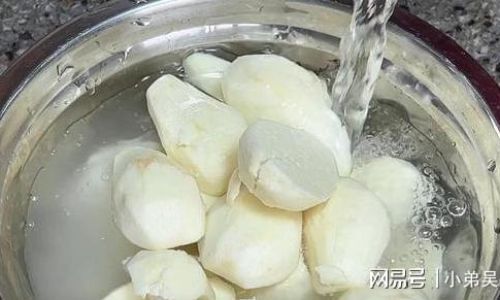
Q3: Can I peel arrowhead in advance?
Yes, but store peeled pieces in acidulated water to prevent discoloration.
Q4: What if I don’t have a vegetable peeler?
A sharp paring knife works, but invest in a peeler for consistency.
Q5: Is arrowhead peeling similar to taro or lotus root?
Yes, but arrowhead’s skin is thinner than taro’s and smoother than lotus root’s.
Conclusion: Embracing the Craft of Peeling Arrowhead
Peeling arrowhead is a skill that rewards patience and practice. By understanding the vegetable’s structure, selecting the right tools, and mastering techniques like blanching and precision knife work, even novices can achieve professional results. Whether you’re crafting a comforting stew or a vibrant salad, properly peeled arrowhead elevates dishes with its distinctive crunch and versatility. Experiment with the methods outlined here, and soon you’ll find yourself savoring the satisfaction of a perfectly peeled arrowhead—a testament to the joy of mindful cooking.
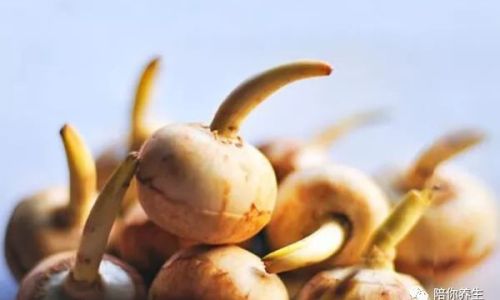
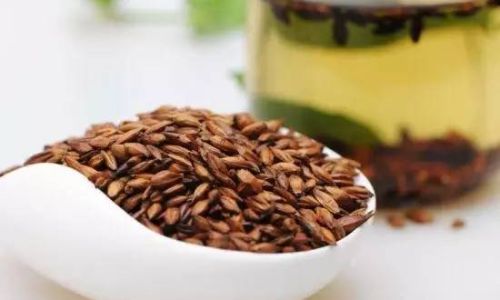
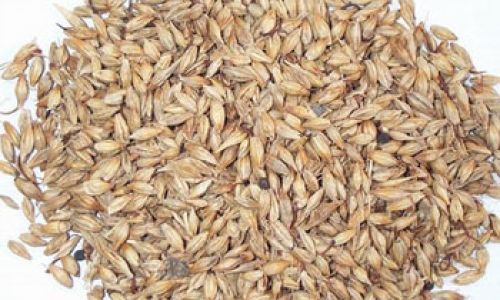
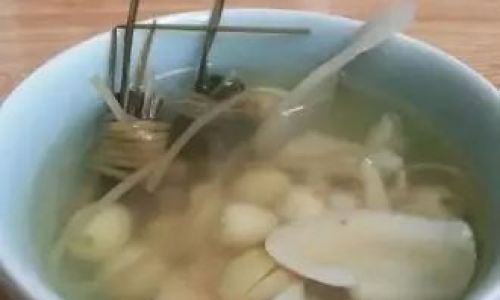
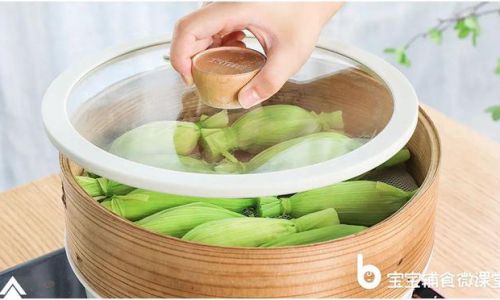
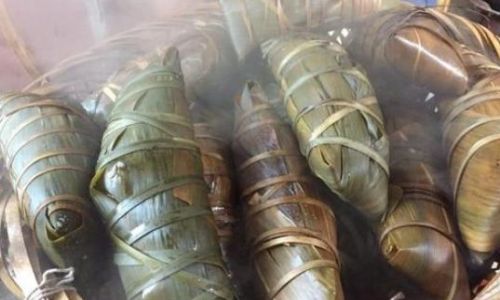
0 comments